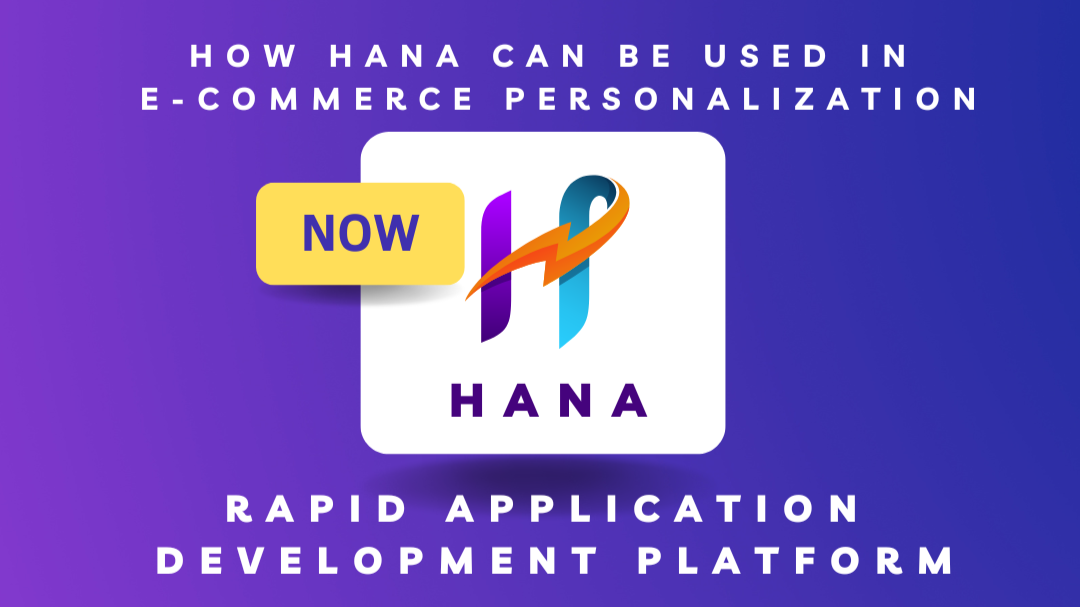- by admin
- April 22, 2025
How HANA Can Be Used in E-commerce Personalization

1. Customer Data Integration
– Implementation: HANA can integrate data from various sources, including customer profiles, purchase history, and online behavior.
– Benefits: Provides a comprehensive view of each customer, enabling more accurate personalization strategies.
2. Real-Time Analytics
– Implementation: Use HANA to analyze customer interactions and behaviors in real-time as they navigate the e-commerce platform.
– Benefits: Enables immediate adjustments to the user experience based on current data, such as displaying relevant products or offers.
3. Personalized Recommendations
– Implementation: Leverage HANA’s predictive analytics to generate personalized product recommendations based on past purchases and browsing behavior.
– Benefits: Increases conversion rates by presenting customers with products they are likely to buy, enhancing the shopping experience.
4. Dynamic Pricing Strategies
– Implementation: Analyze market trends, competitor pricing, and customer demand in real-time to adjust pricing dynamically.
– Benefits: Maximizes revenue potential by offering personalized discounts and pricing strategies tailored to individual customers.
5. Targeted Marketing Campaigns
– Implementation: Use HANA to segment customers based on their behavior and preferences for targeted marketing campaigns.
– Benefits: Improves engagement and conversion rates by delivering relevant marketing messages to specific audience segments.
6. Enhanced Customer Engagement
– Implementation: Analyze customer feedback and interaction data to tailor content and promotional offers.
– Benefits: Increases customer satisfaction and loyalty by providing a personalized shopping experience that meets individual needs.
7. Abandoned Cart Recovery
– Implementation: Use HANA to track abandoned shopping carts and analyze why customers did not complete their purchases.
– Benefits: Implement personalized follow-up strategies, such as sending targeted emails or offering discounts, to encourage customers to finalize their purchases.
8. Cross-Selling and Upselling Opportunities
– Implementation: Analyze purchase data to identify opportunities for cross-selling and upselling during the shopping experience.
– Benefits: Increases average order value by recommending complementary or upgraded products based on customer preferences.
9. User Behavior Analysis
– Implementation: Leverage HANA to monitor user interactions on the e-commerce platform, such as click patterns and time spent on pages.
– Benefits: Provides insights that can be used to optimize website layout, product placement, and user navigation for enhanced personalization.
10. Inventory Management for Personalization
– Implementation: Use HANA to analyze inventory levels and predict product demand based on customer preferences.
– Benefits: Ensures that popular products are readily available, enabling timely fulfillment of personalized recommendations.
Conclusion
By integrating HANA into e-commerce platforms, businesses can harness the power of real-time analytics and customer data to create highly personalized shopping experiences. This approach not only enhances customer satisfaction and engagement but also drives sales and loyalty, ultimately leading to improved business performance in the competitive e-commerce landscape.
Comments
6

LikeCommentShare
Add a comment…
Open Emoji Keyboard
No comments, yet.
Be the first to comment.Start the conversation
